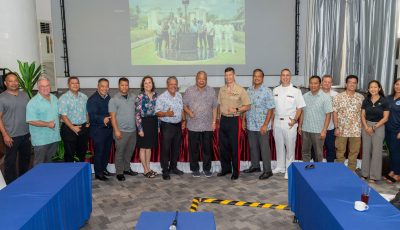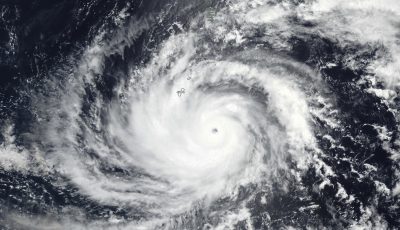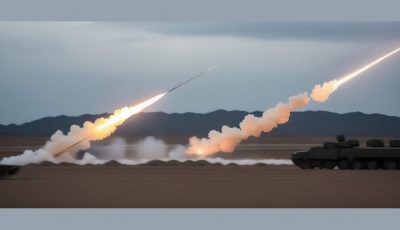EIS comment period closes today
The government consultants hired to review the U.S. military’s plans to conduct expansive live-fire training on Tinian and Pagan will submit today, Oct. 2, [Oct. 1 PDT San Francisco time] their formal comments to the U.S. Department of Defense, joining a chorus of other government agencies and public bodies opposing the military’s project as it stands now.
Dentons LLC—in their initial review and findings on the legal adequacy of the “CNMI Joint Military Training” project’s draft environmental impact statement—called for a second draft. They say a new round of public comment, with a heavily revised environmental impact statement, is needed before the U.S. Department of Navy moves further with its decision.
Dentons has said that the Navy’s document will not provide a legally defensible basis—under the National Environmental Policy Act and relevant federal and local environmental and historic law—for the Navy to sanction their live-fire project.
Denton’s comments, along with those from Environmental Science Associates, jointly form the offices of the Governor and Lieutenant Governor’s official comments on the military’s live-fire plans.
Gov. Eloy S. Inos, in his cover letter, will call on the Navy to withdraw and reconsider its proposal, Saipan Tribune learned. Inos will insist that the Navy’s proposed actions present an “existential threat” to the islands’ tourism-driven economy, fragile ecosystem, and cultural resources.
The CNMI has already leased two-thirds of Tinian and whole island of Farallon de Medinilla to the United States for training purposes. Inos will call on these facts and supportive partnership with the U.S. in his letter.
The Department of Navy—through the Marine Corps Forces Pacific—plans to dredge acres of coral reef on Tinian and construct four live-fire training complexes on the island and train for a period that CNMI officials say is ill-defined.
One beach, Unai Chulu, is part of a National Historical Landmark and is being eyed by the Navy for landing ramps for military assault vehicles as part of live-fire training inclusive of grenades, mortar, and rocket ranges, among others.
On Pagan, the military plans to conduct similar training but notably proposes leasing the entire island to support training that they say will only occur on the northern part of the island. That training, like on Tinian, will include expansive restricted air and sea space. The training targets a spot on Pagan’s northern volcano for thousands of pounds of highly explosive aviation ordnance.
Chorus of opposition
This week, the CNMI Historic Preservation Office and the Department of Commerce decried the military plans in comment letters filed on Wednesday.
In a 12-page letter, Commerce notes the military’s failure in calculating the true economic effects of their training on the island economy. Meanwhile, HPO laments that historic surveys on Pagan as inadequate, and that the Navy failed to conduct adequate public outreach, among others.
Commerce cites a “lack of rigor in calculating economic projections” and projects an adverse impact on power utility rates on Tinian. It recommends that the Department of the Navy construct its own power generation facilities and use the excess capacity generated by that facility to supplement residential ratepayers.
HPO concerns cite an “improper scope of analysis,” saying Defense has proposed a series of military training actions—including the Mariana Islands Training and Testing project, the Divert Activities and Exercises project, the Guam and CNMI Military Relocation project, and the CJMT—that would be implemented in the same place, at the same time, and with impacts to many of the same historic and cultural resources.
HPO said the draft EIS does not do an adequate job of identifying the historic and cultural resources that will be impacted by the CJMT. “The limited information presented in the document is more than enough to confirm that the Navy’s preferred alternative would wipe out a staggering number of historic sites and cultural resources—by the Navy’s own admission, at least 197 on Tinian and 75 more on Pagan,” it said.
HPO also pointed out that there are three official languages in the CNMI: English, Chamorro, and Carolinian. “To date, the Navy has refused to provide the draft EIS (or any portions of it) in any language other than English. HPO is extremely concerned that CNMI residents who primarily speak Chamorro or Carolinian (many of whom would be particularly affected by the cultural resource impacts of the CJMT) have been effectively denied participation in the EIS process.”



























